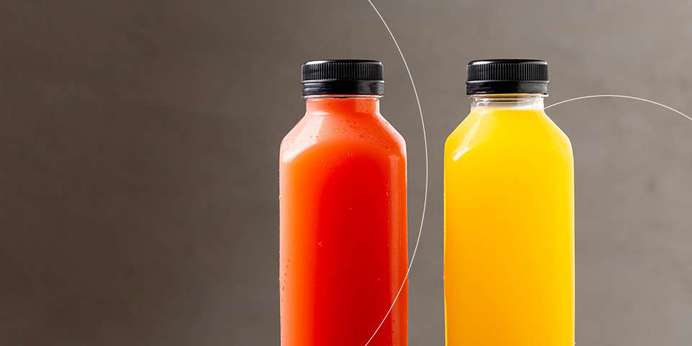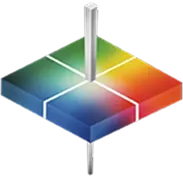Best Practices for Measuring Functional Beverage Colors
Consumers are demanding more natural-looking functional beverages with fewer artificial colorants, compelling production companies to alter the recipe of their beverages. Adding and removing ingredients changes the color of these beverages. As a result, manufacturers have to incorporate strict color measuring practices to ensure their products have the same end color despite changing certain ingredients.
Unfortunately, production companies can't rely on visual testing to determine whether a beverage meets specific color requirements since humans interpret color differently. Additionally, testing large batches of beverages makes the process become more challenging and less precise. Functional beverage manufacturers need a controlled method of ensuring consistent quality.
Quality control managers can use scientific methods and tools to assess beverage colors accurately. One such tool is a spectrophotometer, which manufacturers can use to measure the color of functional beverages. This device allows drink producers to set new color parameters or compare the measurements to existing ones if there is already a color tolerance range.
Spectrophotometers can save beverage manufacturers money and time since they can test products during various stages of production instead of only measuring the color once production is complete. These color-measuring solutions are also ideal for large batches of beverages.
The Benefits of Ensuring Color Consistency in Functional Beverages
Carefully monitoring the color of functional beverages has several significant advantages, namely:
- Increased sales: When functional beverages correctly represent the color of their ingredients, they draw more consumers and move them to purchase the products.
- Improved compliance: Spectrophotometers help beverage manufacturers remain FDA-compliant by ensuring each product meets color requirements and does not contain impurities.
- Enhanced quality: The color of a beverage often correlates to its quality. By monitoring color consistency throughout production, manufacturers can maintain high-quality standards.


